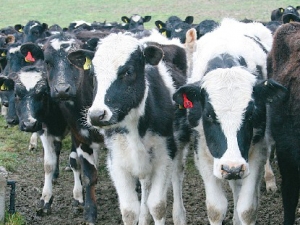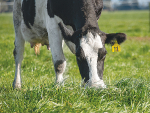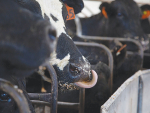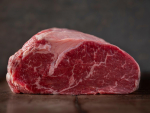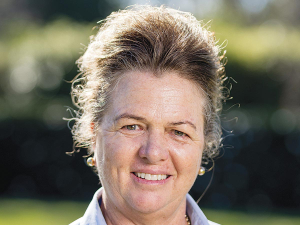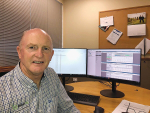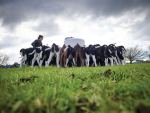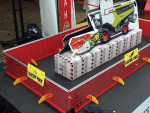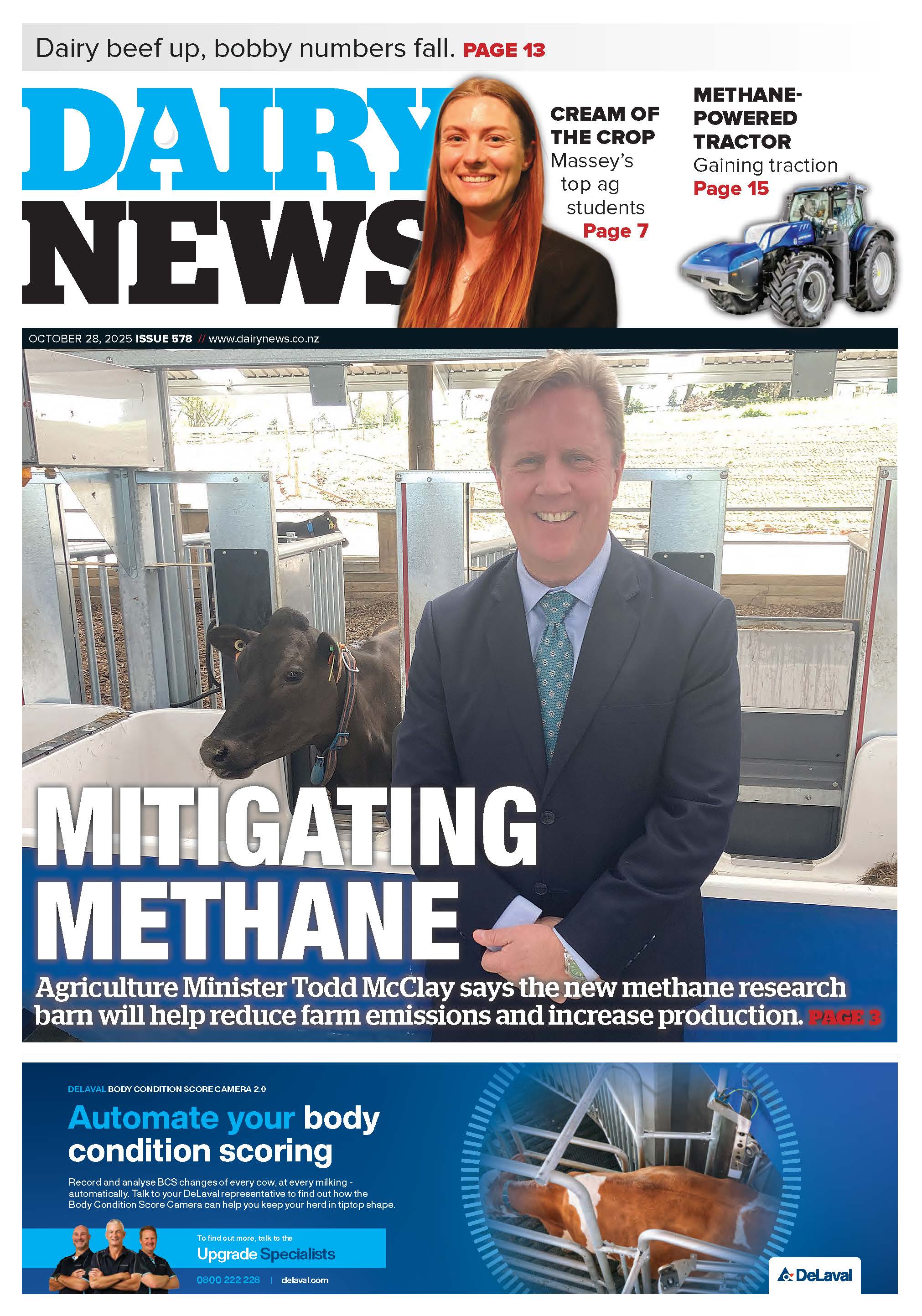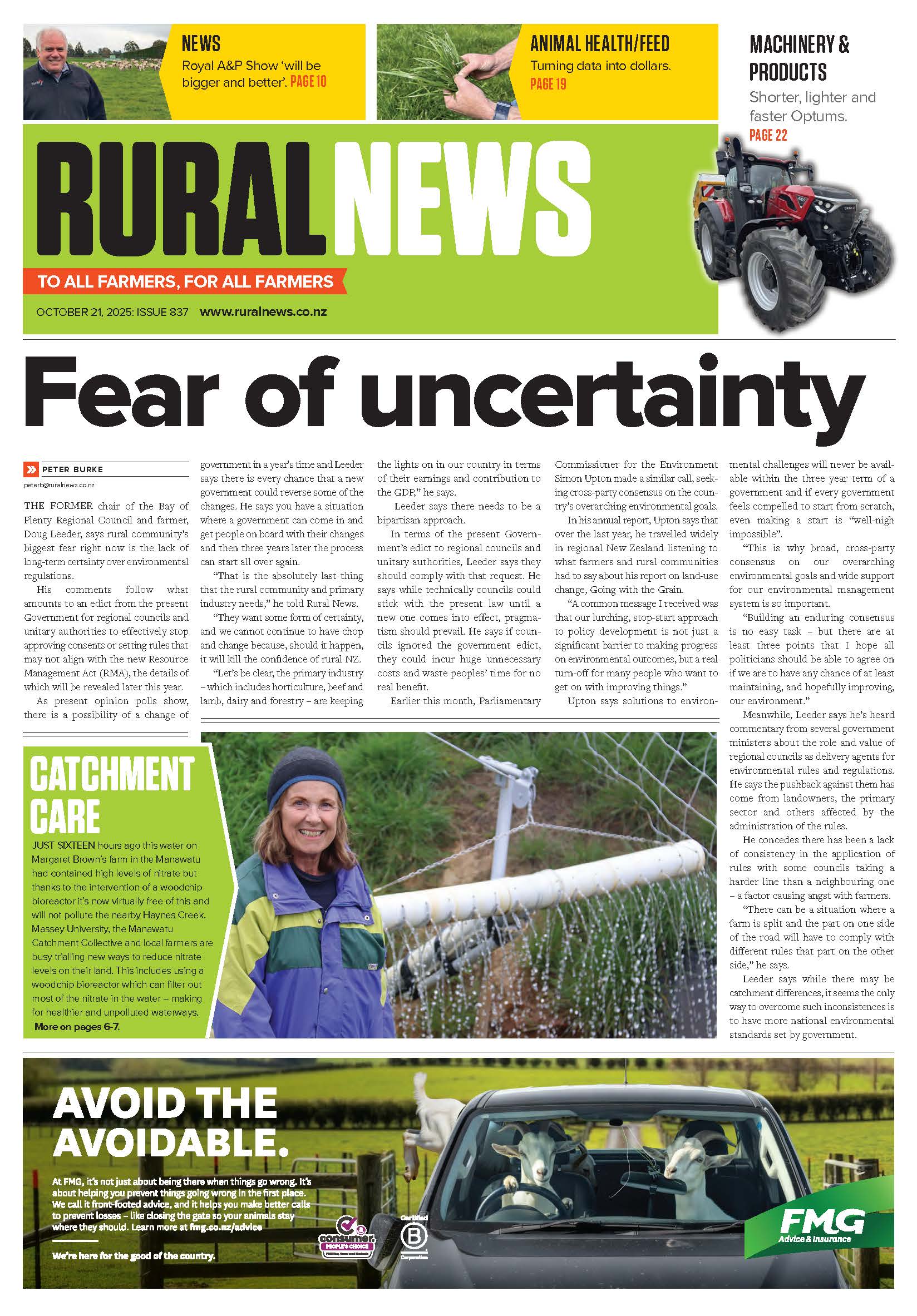Though relatively few injury-causing incidents occur in June, this number doubles in July and at least doubles again in August, when dairy farmers are more likely to be injured than at any other time.
Most injuries are to the lower back and neck, from being kicked, stood on or bitten by animals, or from muscle strain from lifting or carrying.
Also, uneven ground, sharp objects, motorbikes and quads, and fences or railings are involved in injuries to necks and shoulders. And farmers suffer back and ankle strains and eye injuries.
Al McCone, WorkSafe agriculture manager, says the calving season means dairy farmers are working long hours in the dark, cold and wet.
“Farmers are dealing with stroppy animals and doing lots of lifting and carrying. With this comes a lot of risk. We encourage farmers to think about the things that cause injury during this time and about how to deal with them before they happen. It’s a good idea to ensure everyone on farm does the thinking.
“Check everyone involved is capable of working with cows, or is partnered with someone who has good stock sense and experience. It’s far better to prevent an injury than to cope with the loss of a worker or family member for a few weeks. A worker sent home with a back injury means someone else has to do that job. This could mean hiring extra staff, or getting your existing staff to work longer hours to get the job done.”
People can practise good lifting techniques -- picking up calves, or buckets, or bags of powder. And it is good practice to minimise the distance when carrying heavy loads across uneven ground. People doing the same tasks over and over need to take a break and stretch back, shoulders and neck.





